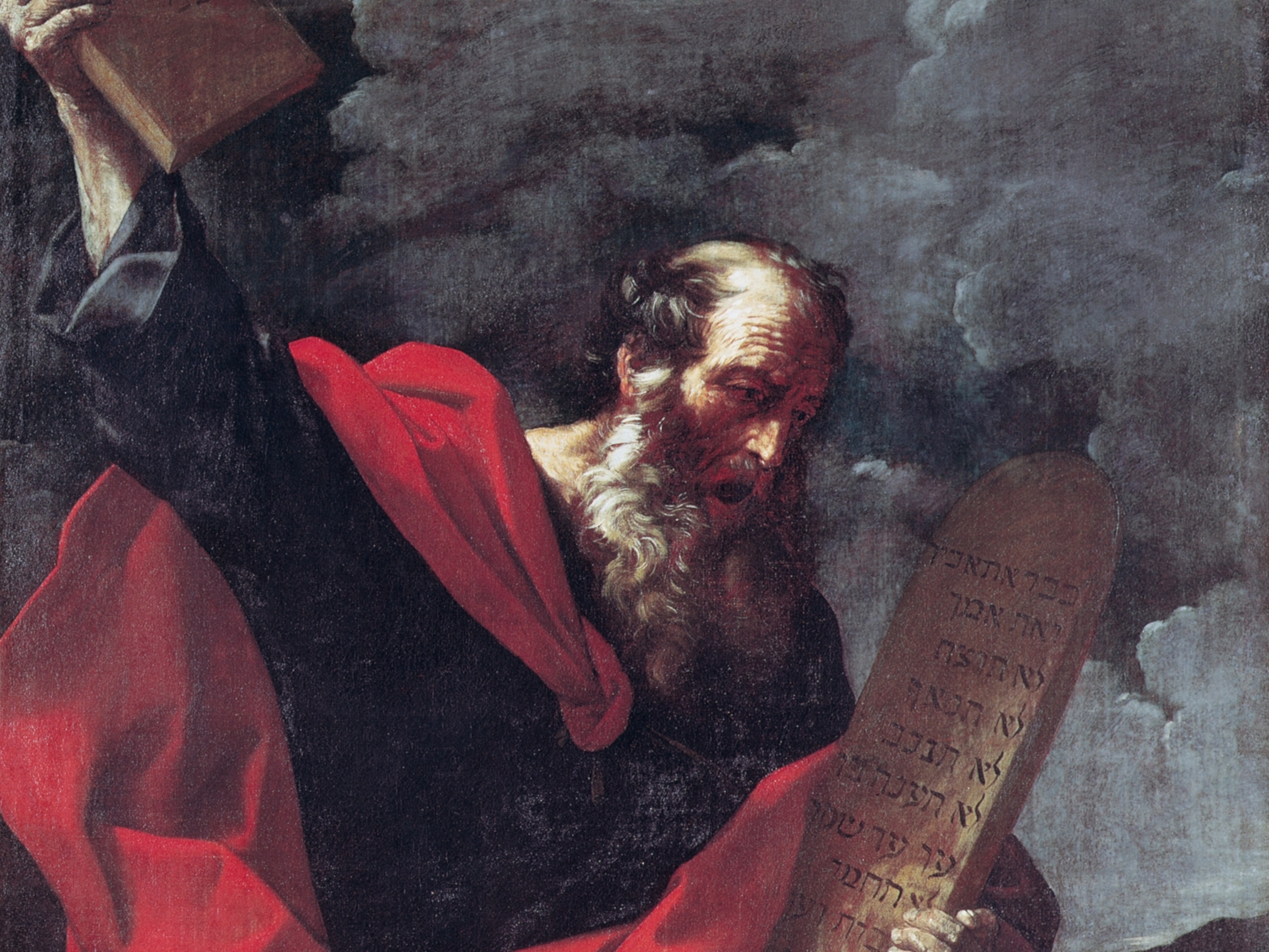
We may now know which Egyptian pharaoh challenged Moses
Historians theorize the identity behind one of the Bible’s most vengeful villains.
The Egyptian king is the principal villain of the Exodus story. Unlike the pharaoh who knew Joseph, the pharaoh of Moses is cruel and vindictive. When Moses asks him to release the Israelites, Pharaoh makes the slaves work harder, depriving them of straw to make sun-dried mud bricks, even though the daily quota of finished bricks must remain the same (Exodus 5:7-8).
Learn how the Pyramids at Giza were built.
The identity of Pharaoh in the Moses story has been much debated, but many scholars are inclined to accept that Exodus has King Ramses II in mind. The Bible confirms that the Israelites were to build “supply cities, Pithom and Ramses, for Pharaoh.” Egyptian records confirm that the kings of the 19th dynasty (ca 1293–1185 B.C.E.) launched a major military program in the Levant. As part of this effort, King Seti I (ca 1290–1279 B.C.E.) built a new garrison city, which his successor, Ramses II (ca 1279– 1213 B.C.E.), later called Pi-Ramesses. Ramses II also built a second city dedicated to his personal patron, Atum, called Per Atum. These two cities are quite possibly the biblical Ramses and Pithom.
Read how female pharaohs ruled ancient Egypt.
The Egyptian origin of the story is also emphasized by the name of “Moses.” The Book of Exodus says that his name is derived from the Hebrew verb moshe, which means “to draw out.” However, mose or moses is also a very common Egyptian patronymic, as in Tutmoses, meaning “son of Tut.”
Finally, the very first reference to “Israel” appears on the Victory Stela of Pharaoh Merneptah, one of Ramses’ sons. This monument is dated around 1207 B.C.E., which suggests that the Exodus story must be set in a time period prior to the reign of Merneptah, possibly between 1280 and 1220 B.C.E. No record of the exodus has been found in any Egyptian tablets, but that is not unusual; the new dynasty did not make a habit of recording its defeats. On the other hand, there are ample records of Semitic immigrant workers in Egypt, who may have drifted back to Syria-Canaan in the 13th century for a variety of reasons—including, perhaps, Ramses’ harsh policies of conscripting labor.






